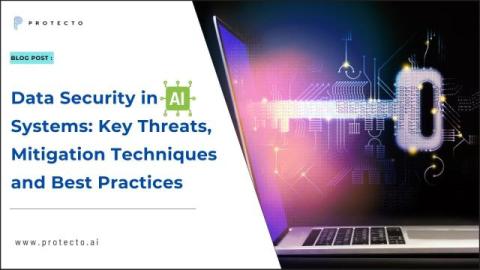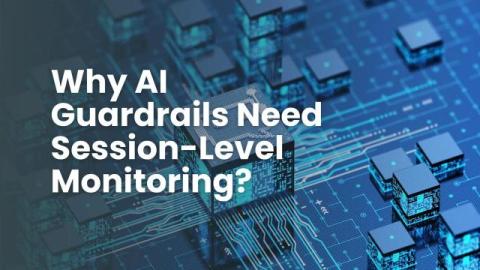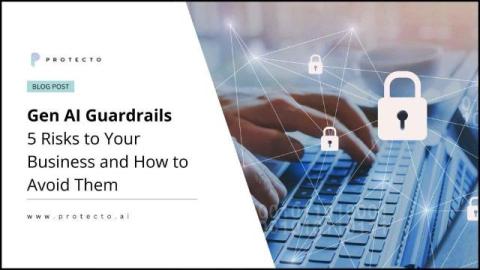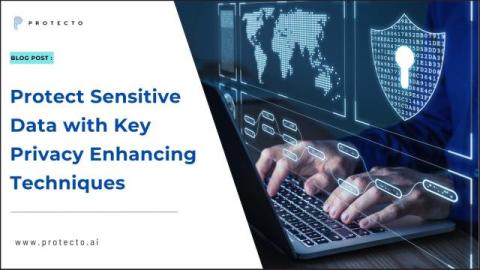Redefining Data Protection in the Age of AI Agents
While today’s AI is focused on user-agent interactions, the real revolution is on the horizon, where AI agents will increasingly communicate, collaborate, and share data amongst agents. This shift brings unprecedented opportunities and new and complex data protection challenges.











